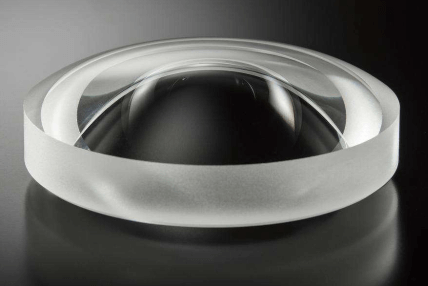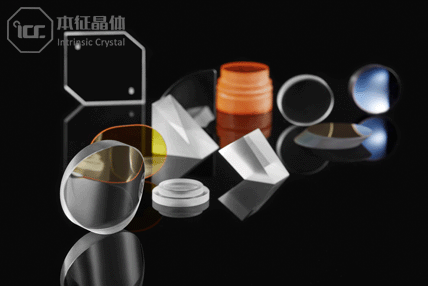-
 Aspherical Lenses
Aspherical LensesThe complex surface profile of an asphere can significantly reduce or even eliminate spherical aberrations comparing to spherical lenses.
Hence, asphericals have been increasingly more widely explored and adopted during the optical design stage.
Aspheres can replace a complex multi-element spherical system to achieve a lighter and more compact optical system.
The resulting design has higher transmittance and in most cases, costs less than the multi-lens spherical design, especially at production volumes.
-
 Infrared optics
Infrared opticsInfrared optics are used to collect, focus or collimate light in the near infrared (NIR), short wave infrared (SWIR), mid wave infrared (MWIR) or long wave infrared (LWIR) spectra. The infrared spectrum falls into the 700 – 16000 nm wavelengths, with each spectral range as follows.
NIR 700 – 900nm
SWIR 900 – 2300nm
MWIR 3000 – 5000nm
LWIR 8000 – 14000nm
- Crystal Material
- Lanthanum tribromide LaBr3
- Calcium fluoride (CaF2)
- Barium fluoride(BaF2)
- Magnesium fluoride (MgF2)
- Lithium fluoride(LiF)
- Silicon material(Si)
- Germanium material(Ge)
- NaI:TI
- Lithium Niobate
- Zinc Selenide(ZnSe)
- Zinc Sulfide(ZnS)
- Sapphire
- Quartz
- Laser Lenses
- Laser output Coupler
- Laser Protection Window
- Beam Combine
- Laser scanning mirror
- Laser Mirror
- Focusing Lens
- Laser Window






